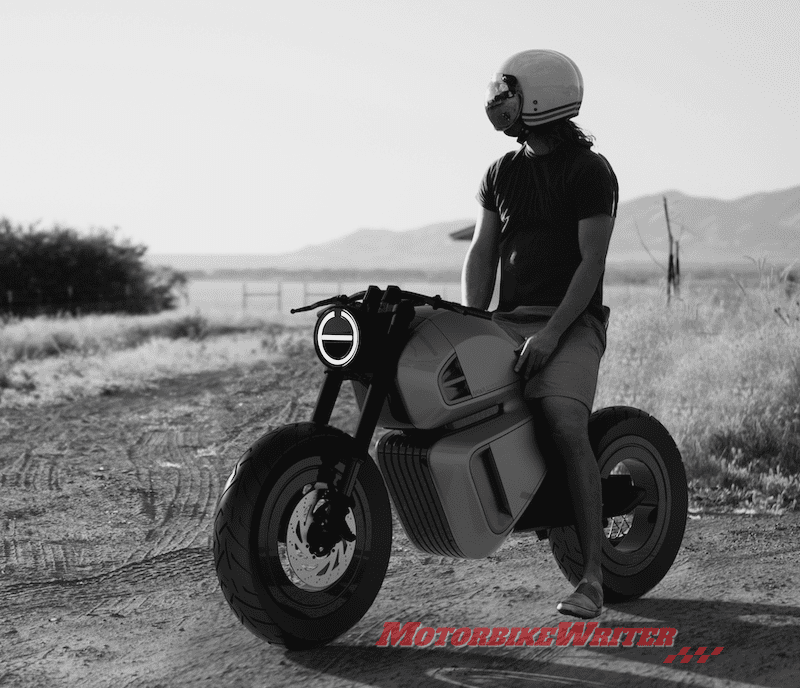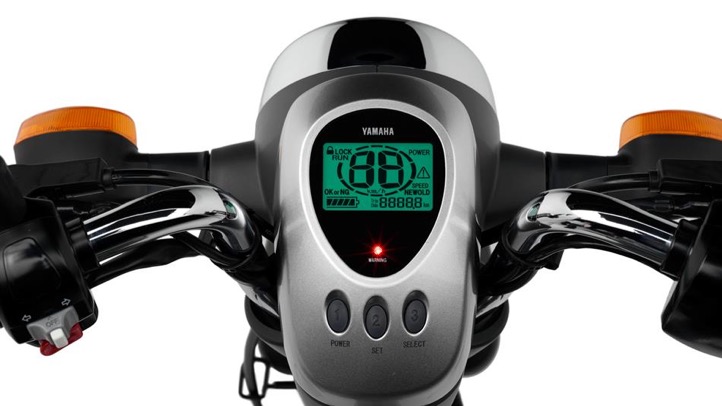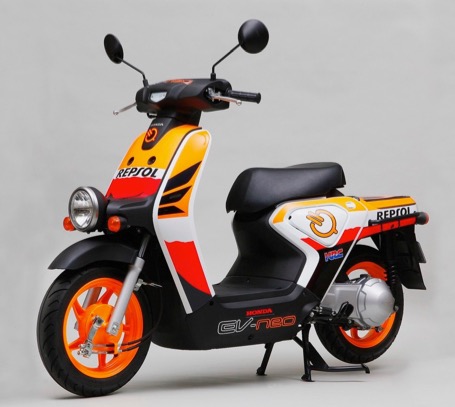
However things have been tepid in the scooter market, with only token interest from the big players.
In this opinionated piece, I’ll take a look at the pros and cons of electric powered scooters, what electric scooters are being offered today, where eBikes have gone wrong and what it would take to create a compelling electric scooter.
The Potential For Electric
Before we get into this, we ought to know why there’s even a push to go electric. What are the advantages besides tree-hugger cred? The main draws are instant power, low fuel costs, reduced maintenance and low emissions. Scooters don’t use much fuel, but running on electricity is way cheaper than gas which means $1 fill ups. Secondly, maintenance on an electric vehicle is virtually nil. There’s no oil changes or coolant. You wouldn’t be replacing drivebelts or rollers because electric motors don’t need a transmission. There’s also the perk of reduced emissions, since the only emissions are from when we make the electricity in the first place, which is way cleaner than running on gas even if the power is coming from coal.
The commonly cited disadvantages are price, limited range and slow charging. However, price and range are really the same issue: more range costs money. However battery costs are coming down fast and is expected to continue to drop, so we are nearing the point where it will be affordable to have enough range for reasonable use. Slow charging is a valid concern, but the technology is there for 20 minute charges if the market develops to get costs down. In short, it’s eminently possible to build a scooter powered by electricity that is affordable and practical for the urban environment.
Modern eBikes
For the unacquainted, eBikes are electric two wheelers that resemble either a bicycle or a scooter (I won’t taint this site with a photo). To the uniformed, eBikes seem to represent electric scooters, which gives the impression that an electric scooter is fundamentally slow. However, eBikes are slow because they are designed to meet bicycle classification rules that stipulate a 16 mph max speed, not because of the limits of electric power.
Frankly I’m upset with eBikes because they give scooters a bad image. Scooters already struggle for acceptance because of the stigma they’re for wussies, and then scooter styled eBikes come along and combine the styling of the least inspired Chinese scooters with a 16 mph top speed. They hold up traffic and flaunt the rules by ducking onto sidewalks to catch back up. The result is that motorists confuse the two and frustrations from coexisting with eBikes spill over towards scooterists. Admittedly, I’m also jealous of this rule flaunting and regulatory vacuum but that’s another article.
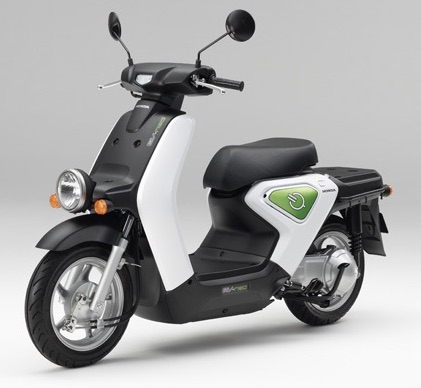
Since Vectrix went bankrupt, no one has offered electric scooters in North America. It’s unfortunate, because an electric machine could be really awesome if it was designed to excel in the urban environment, rather than designed to meet bicycle rules. Someone needs to make a quality electric powered scooter that provides a reasonable top speed. I’d like to see a 40 mph electric scooter with decent range (50 miles), fast charging (30 minutes tops) and quality engineering. The potential is there for a machine that is cheaper to operate the current small scooters and provides a nicer ownership experience with better acceleration and less time spent wrenching – although that can be fun.
What’s On Sale Now?
Well nothing is on sale in North America from a major manufacturer but both Honda and Yamaha are selling semi-decent electric scooters overseas. Honda started selling the EV-Neo scooter (top and left) in Japan for 2011. The 30 mph top speed is semi-tolerable and the 30 minute fast charging is great for generation one.
This scoot actually jumps off the line pretty quick as you can see here from VisorDown. The main downside is the $5000 price tag + $1400 for the fast charger. The 21 mile range is also inadequate for most.
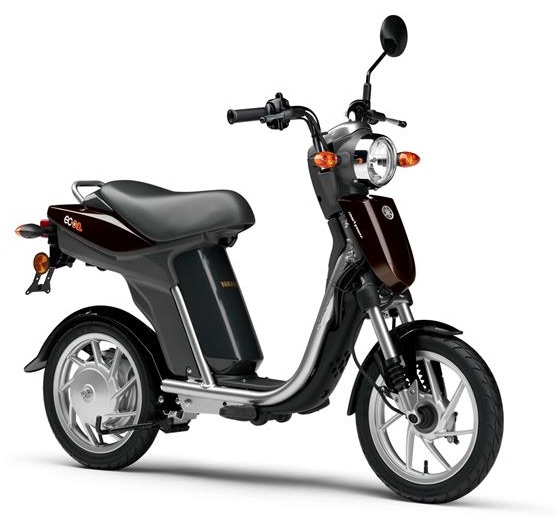
A little more impressive is BMW’s C Evolution scooter (below). This machine is in a whole different league in both performance and price. The C Evolution packs 48 HP which delivers a 75 MPH top speed. The range is 60 miles, which would be good for a city machine but with a 75 MPH top speed you’d like more range for road trips. Charge times for the C Evolution are around 4 hours, which means road trips are a total no-go. The price for this machine is a staggering $15,000 euros, which is about $20 grand in US funds. This BMW is a nice machine, but the wild price tag gives electric vehicles a bad image. Zero sells electric motorcycles which cost thousands less while boasting double the range and a 100 mph top speed.
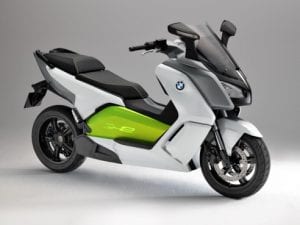
Considering how much battery prices have dropped over the past 4 years, manufacturers should be able to substantially increase the range and/or lower the price. Lithium-Ion battery prices have fallen by about half since 2011, so Honda should be capable of doubling the EV-Neo range to 42 miles for the same price, or making a smaller bump to 30 miles while reducing the price $3000. Yamaha could do even better with their cheaper EC-03. An extra 25% more range and a 25% lower price works out to 35 miles of range and a $2400. I would almost consider a 25 mph vehicle with 35 miles of range for $2400 if they did something about the slow charging.
While cost is dropping quickly, the price of batteries is still what is holding back electric scooters. More top speed is simply a matter of adjusting the settings on the electric motor, and fast charging is just a matter of deciding to do it. Hopefully the mainstream manufacturers can continue to progress towards making desirable electric scooters that can keep up with traffic. We’re only a few years away from having cheap enough batteries to enable electric scooters with a 45 mph top speed, 60 mile range and 20 minute charge time for $2500. It’ll be interesting to see how electric scooters develop.


